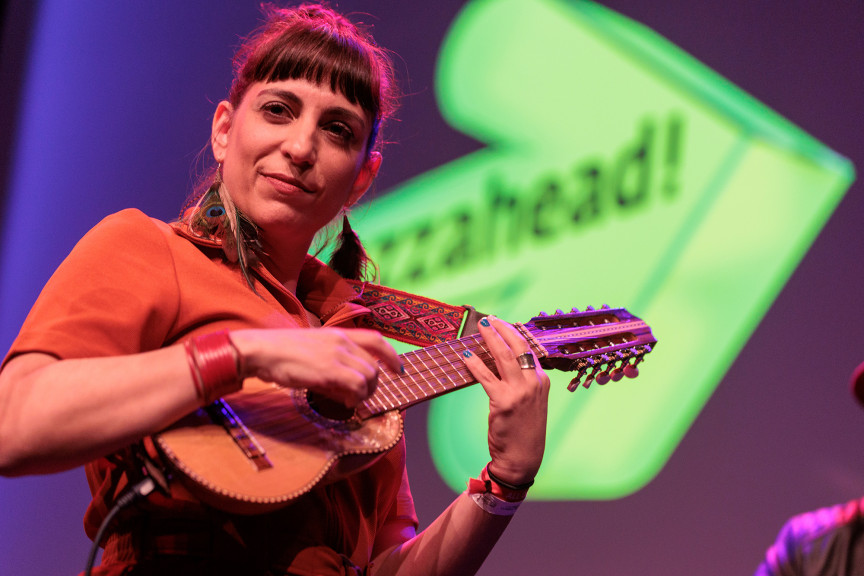Chicago Reader-skribenten er netop trådt ind i Hal 6 i Bremen messecenter og støtter sig forvirret til sin hipstermulepose. Rundt om hjørnet, ved den new zealandske stand, sidder to mænd i 40’erne med business-miner (eller også drøfter de forrige aftens fede bassolo) om munden og sipper siciliansk rødvin. Klokken er lidt over middag, og de første gratis cd’er rammer en i nakken som free lilletrommeslag. Musikere, bookere, journalister og labelfolk fra hele verden er landet i den nordtyske by til verdens største jazzmesse, Jazzahead.
Nogle stande er ikke Weltklasse, æstetikken er tilfældig, brochurer ligger på én lang række, og det er dét! ECM’s stand er som ECM lyder, clean og slick. Og pladerne koster penge. Som i den virkelige verden.








